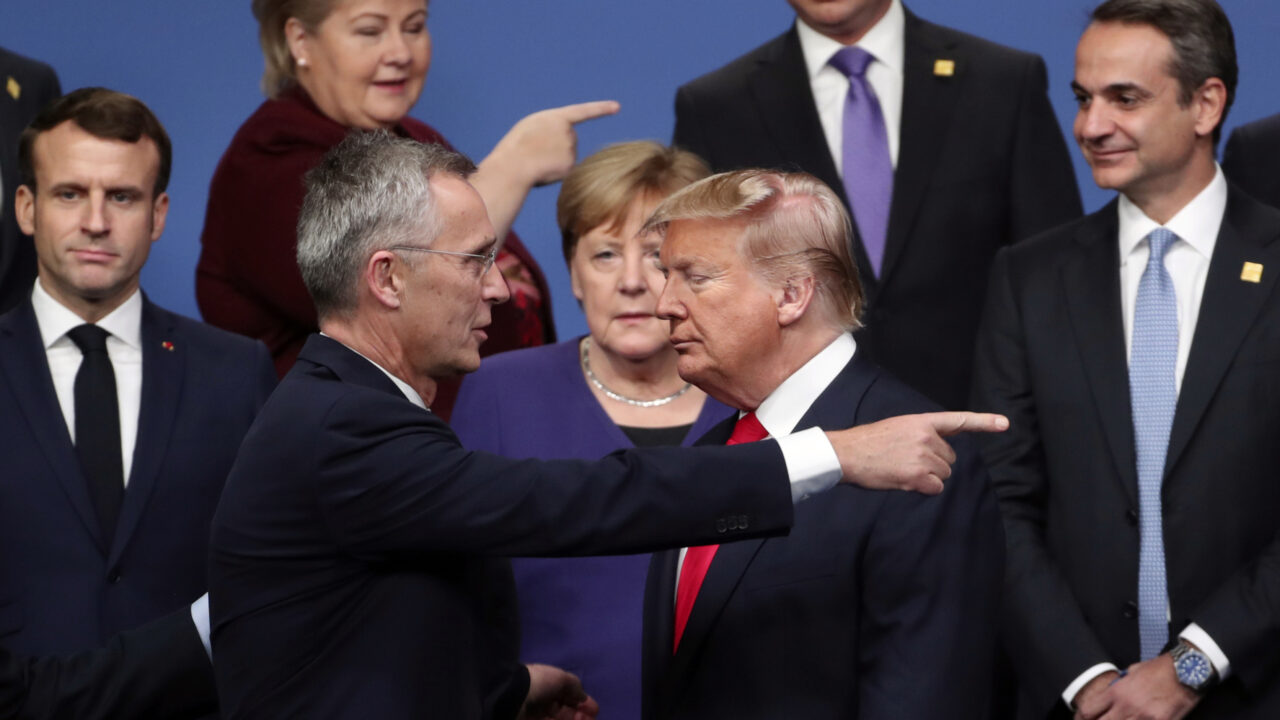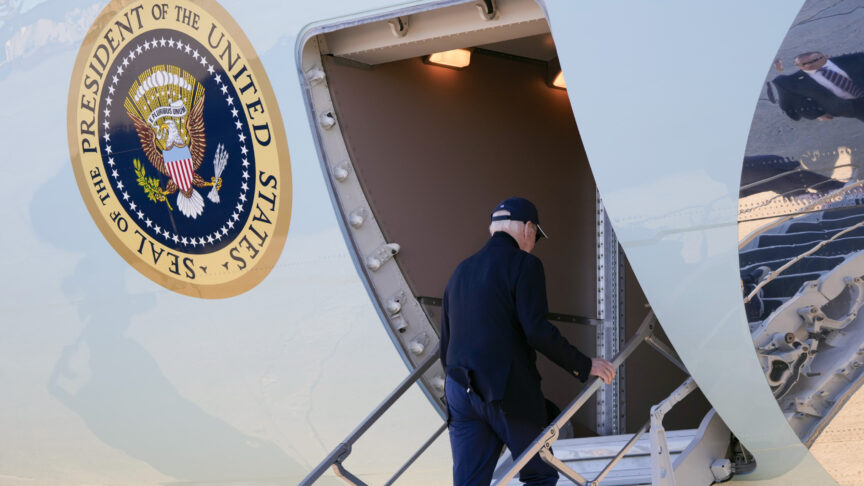Home alone: The sorry state of Europe’s plans for self-defence
With the possibility of a second Trump presidency looming, it is high time to Europeanise NATO’s defence plans
Lest anyone had missed the point, Donald Trump has now provided helpful clarification of his attitude towards America’s NATO allies – and specifically those that fail to spend the benchmark 2 per cent of their GDP on defence. If elected he would, he declared at a campaign rally, “encourage” Russia “to do whatever the hell they want” to underspending NATO allies. Reacting to a storm of protest from European leaders, he was happy to repeat himself: “Look, if they’re not going to pay, we’re not going to protect. OK?”.
Nowadays, it is less easy for complacent Europeans to shrug off such observations as typical Trumpisms. They have evidence that Trump redux would be likely to apply his malevolent instincts much more efficiently than he did in his chaotic first term as president. And the chances of him having the opportunity to do so are increasingly likely: he has now steamrollered the opposition in the early Republican primaries, and is ahead of Joe Biden in the polls. No one can any longer ignore the real possibility that in less than a year’s time the occupant of the White House could toss the whole responsibility for keeping Ukraine in the fight against Russia into European laps, whilst insisting that from here on in they see to their own defence. It would therefore hardly be premature if Europeans began to explore how each other views the situation; to make contingency plans; and even to take some precautionary steps.
The two key challenges are obvious. The first is how to get more weapons, and especially ammunition and air-defence missiles, to Ukraine. Since Russia’s invasion, Europeans have done better at this than might have been expected – but they have not done as well as the need now demands, and not nearly enough to support Ukraine if the United States withdraws its aid. The EU, and especially the European Commission, have played a prominent role here, providing financial incentives for member states to donate from their own stocks and to expand production facilities. But talk of moving European defence industries onto a war footing has yet to be realised; and although the commission will shortly unveil proposals for an ambitious European defence industrial strategy, this can only succeed if member states evince more enthusiasm for collective action than they have so far shown. Only three months ago France, Germany, Italy, and Spain jointly warned the commission to stay off their turf and respect national “prerogatives” on defence.
The second key challenge that Europeans should be facing up to is how they would defend themselves without US backing against a Russia that had – the possibility can no longer be discounted – imposed a humiliating ‘peace’ on Ukraine. The “dormant NATO” plans being proposed by right-wing US think-tanks foresee a wholesale withdrawal of US ground forces from Europe. But Europeans have huge psychological difficulties in bringing themselves to discuss the US as they would any other foreign power, even in situations where their own strategic interests are manifestly different from those of the superpower. NATO’s disastrous involvement in Afghanistan, for instance, would never have dragged on for so many fruitless years had not its European members studiously avoided any collective discussion of a campaign which each saw exclusively through the prism of its own bilateral relations with the US.
Compounding these challenges is the fact that there is no institutional setting in which Europeans could confer. Their task is, in effect, to Europeanise NATO’s defence plans, but this can hardly be discussed in NATO. That organisation, after all, is where European militaries gather to be told what to do by Americans, but the current US administration can scarcely be expected to lead a discussion premised on its own defeat in the November presidential election. The EU has neither locus nor credibility in military operational matters. The reality is that, if a strategy for defending Europe without the Americans is to emerge, this can only be on an ‘intergovernmental’ basis – through bilateral and minilateral discussion amongst Europe’s main defence players.
At the alliance’s 2022 Madrid summit, NATO doubled down on its strategy of forward defence. Russia’s war on Ukraine has demonstrated that we are in a technological era in which defensive systems have the advantage over the traditional means of attack. Destroying massed Russian armour turned out to be relatively easy; getting Russians out now that they have dug themselves in is the devil’s own job. So in Madrid allies resolved to reinforce NATO’s “enhanced forward presence” – boosting in-place forces in eastern and central Europe. But predictably, Europeans have been happy to leave this largely to the Americans, who reinforced their presence in Europe with an additional 20,000 troops. The challenge for European chiefs of staff and defence planners now is to work out how, if the need arises, to substitute for US in-place forces in the frontline states; what capabilities and defensive infrastructure will be needed to halt any assault at the borders; and how to organise the communications and data networks necessary to form an effective system that ties together disparate sensors and missile, drone, and artillery assets.
Such planning is now an urgent requirement, not just as a matter of military preparedness, but for psychological reasons
Such planning is now an urgent requirement, not just as a matter of military preparedness, but for psychological reasons. Europe’s frontline states have long felt their western European allies lack not only US military credibility, but also a serious understanding of the scale of Putin’s threat. Europeans will only hang together under a second Trump presidency if they are ready to trust each other, and specifically if the most vulnerable states see a real prospect of western European states putting many more of their bodies on the line as in-place forces. The last couple of years, in which predominantly eastern European states have agreed to purchase an astonishing $120 billion of weapons from American contractors, suggests a fatal tendency to believe that maybe Trump can be propitiated by such largesse.
Fortunately, the return of Donald Tusk as Poland’s prime minister has substantially increased the odds of Europeans hanging together even in a Trump 2.0 scenario. The foreign ministers of France, Germany, and Poland (the Weimar Triangle) have just met to discuss strengthening Europe’s efforts. If, as expected, the British Labour party returns to government later this year, then the United Kingdom would be an obvious addition to this group. Indeed, a necessary one: it is hard to envisage a credible European defence of the continent that did not clutch in Europe’s second nuclear power. Keir Starmer has made clear his ambition to restore defence ties severed by Brexit. There is no time to waste: the prime minister-in-waiting could usefully make an early trip to Paris to initiate conversations with the UK’s closest continental ally.
The European Council on Foreign Relations does not take collective positions. ECFR publications only represent the views of their individual authors.



